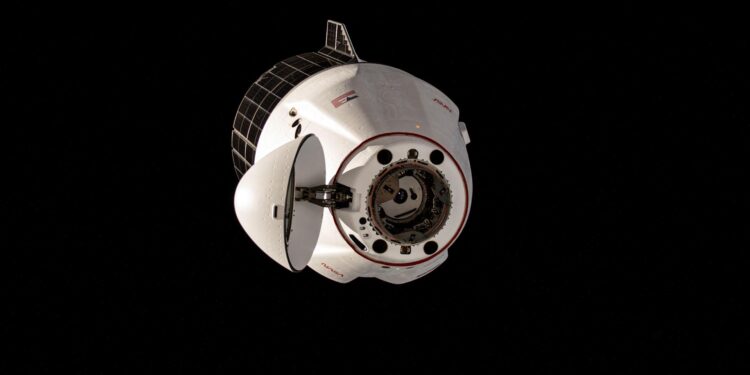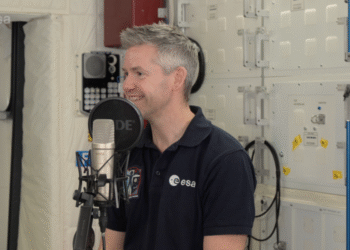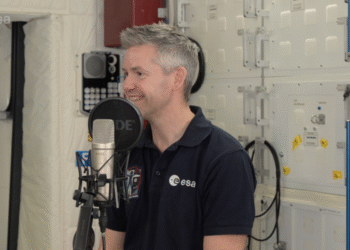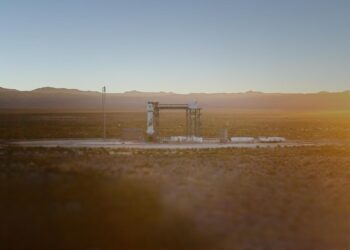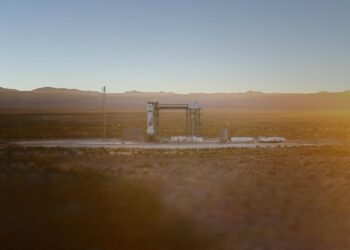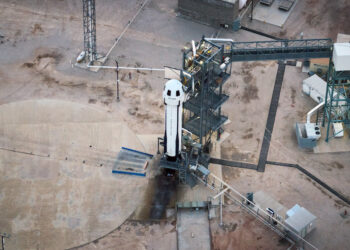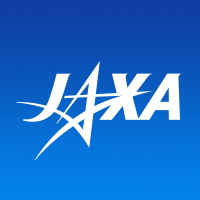SpaceX’s uncrewed Dragon cargo spacecraft is closing in on the International Space Station (ISS) for an autonomous docking to the forward port of the Harmony module at approximately 7 a.m. EDT. The mission, designated CRS-33 under NASA’s Commercial Resupply Services program, launched at 2:45 a.m. EDT on Aug. 24 atop a Falcon 9 from Space Launch Complex 40 at Cape Canaveral Space Force Station, Florida. Dragon is delivering more than 5,000 pounds of research, hardware, and crew supplies to support Expedition 73 operations.
Mission highlights
- Cargo delivery: Over 5,000 lb of science investigations, station hardware, and crew provisions.
- Docking target: Forward International Docking Adapter (IDA) on the Harmony module.
- Operations: Fully automated rendezvous and docking, followed by vestibule pressurization and hatch opening.
- Expedition support: Logistics to sustain the ISS crew and enable upcoming research campaigns.
- Coverage: NASA is providing live coverage across its streaming and social platforms.
Scientific scope and cargo
The manifest includes investigations spanning microgravity biology, materials science, and technology demonstrations. These studies are designed to advance human spaceflight capabilities, inform Artemis lunar operations, and contribute to future crewed missions to Mars, while also yielding applications on Earth in areas such as biomanufacturing, health monitoring, and advanced materials.
- Biological and Physical Sciences experiments to study fundamental processes in microgravity.
- Technology testbeds aimed at improving spacecraft systems and autonomy.
- Station maintenance hardware, life-support spares, and crew consumables.
Rendezvous and docking sequence
- Phasing burns align Dragon with the ISS orbital plane.
- Relative navigation and approach initiation to the keep-out sphere.
- Hold points and go/no-go reviews at predetermined waypoints.
- Final approach along the docking axis and soft capture at the Harmony forward port.
- Hard mate, leak checks, and vestibule pressurization ahead of hatch opening.
Why it matters
Regular cargo missions keep the ISS operating as a continuous laboratory in low Earth orbit, enabling long-duration research that cannot be replicated on the ground. The autonomous docking capability demonstrated by Dragon streamlines traffic at the station, supports a higher cadence of science, and reduces operational overhead for visiting vehicles.
What’s next
Following berthing operations, the crew and ground teams will transfer time-critical experiments and stowage. After completing its stay, Dragon will depart the station carrying research samples and hardware for return to Earth, enabling rapid post-flight analysis.
Source: NASA ISS Blog: SpaceX Dragon Cargo Spacecraft Approaching Station Now


